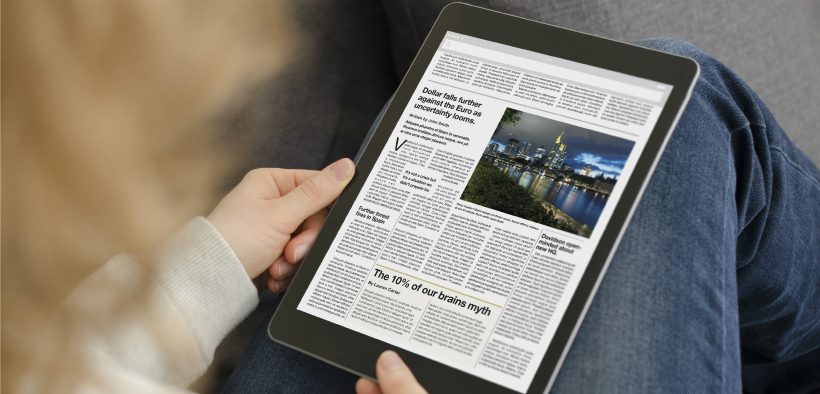How can a popular party game help students become better evaluators of the credibility of the information they find on the internet?
Two Truths and a Lie involves making three statements about yourself, one of them a lie; the challenge for the rest of the players is to guess the lie. I have adapted this game to help students become better consumers of information in the popular media. I teach a nonmajors general science course that fulfills a general education requirement, and one of the learning objectives is for students to be able to evaluate the credibility of science information as expressed in media designed for a popular audience.
Two Truths and a Lie: A Strategy to Teach Source Evaluation

- Tags: digital literacy
Related Articles
I have two loves: teaching and learning. Although I love them for different reasons, I’ve been passionate about...
Active learning is a mostly meaningless educational buzzword. It’s a feel-good, intuitively popular term that indicates concern for...
Perhaps the earliest introduction a student has with a course is the syllabus as it’s generally the first...
Generative AI allows instructors to create interactive, self-directed review activities for their courses. The beauty of these activities...
I’ve often felt that a teacher’s life is suspended, Janus-like, between past experiences and future hopes; it’s only...
I teach first-year writing at a small liberal arts college, and on the first day of class, I...
Proponents of rubrics champion them as a means of ensuring consistency in grading, not only between students within...







